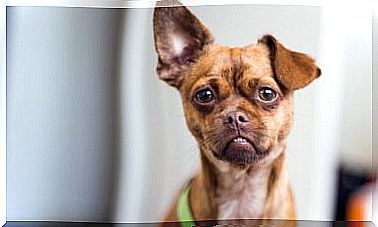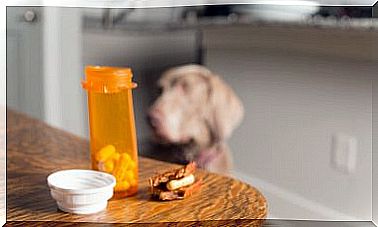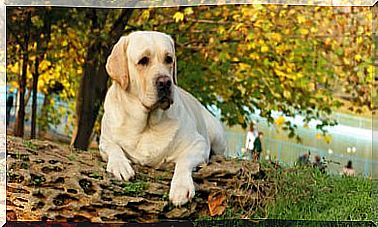Iguanas As Pets: A Bad Idea?
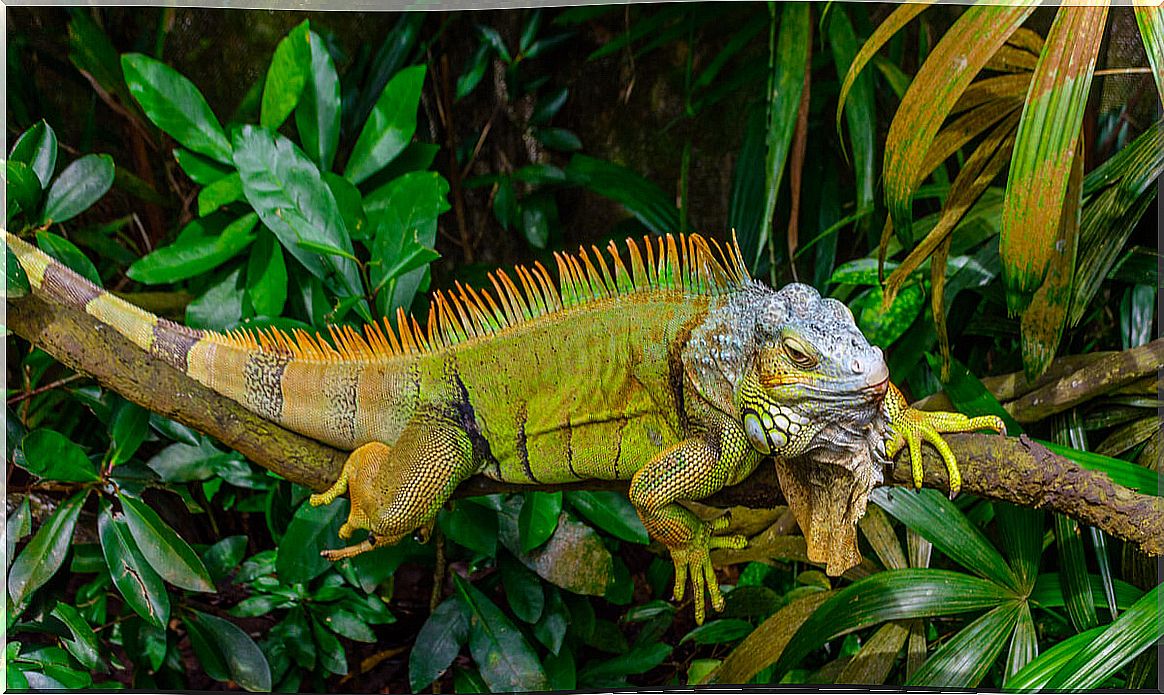
Iguanas have always intrigued us with their mini-dinosaur looks. This species is relatively widespread in the exotic animal market and in specialized centers and, until not long ago, it was also present in many common pet stores.
People who visit pet stores may be convinced that adopting a reptile as a companion animal is an easy task, since it is common for children to be fascinated by these beings without hardly knowing about their biology and needs and, in order to make them happy, parents give in.
Nothing is further from reality. Some reptiles like the leopard gecko are great for beginners, but the green iguana is undoubtedly one of the worst pets you can adopt if you have no prior knowledge of keeping exotic species. This time we explain why.
What attributes can favor the adoption of iguanas as pets?
The Iguanidae are a large family of New World lizards, which includes many species of iguanas, basilisks, anoles, collared lizards, horned lizards, and many other scaly creatures. Without a doubt, the best known species within this group is the common iguana ( Iguana iguana ).
Many people with cat or dog allergies consider reptile adoption as an alternative. It is important to know that, although iguanas and turtles can recognize their owners, obviously, they are not interactive like a dog or a cat.
In general, reptiles see their guardian simply as a provider of heat and food. This tends to disappoint many people, as interaction with the animal is minimized and an unsolicited bite or scratch may be carried on multiple occasions.
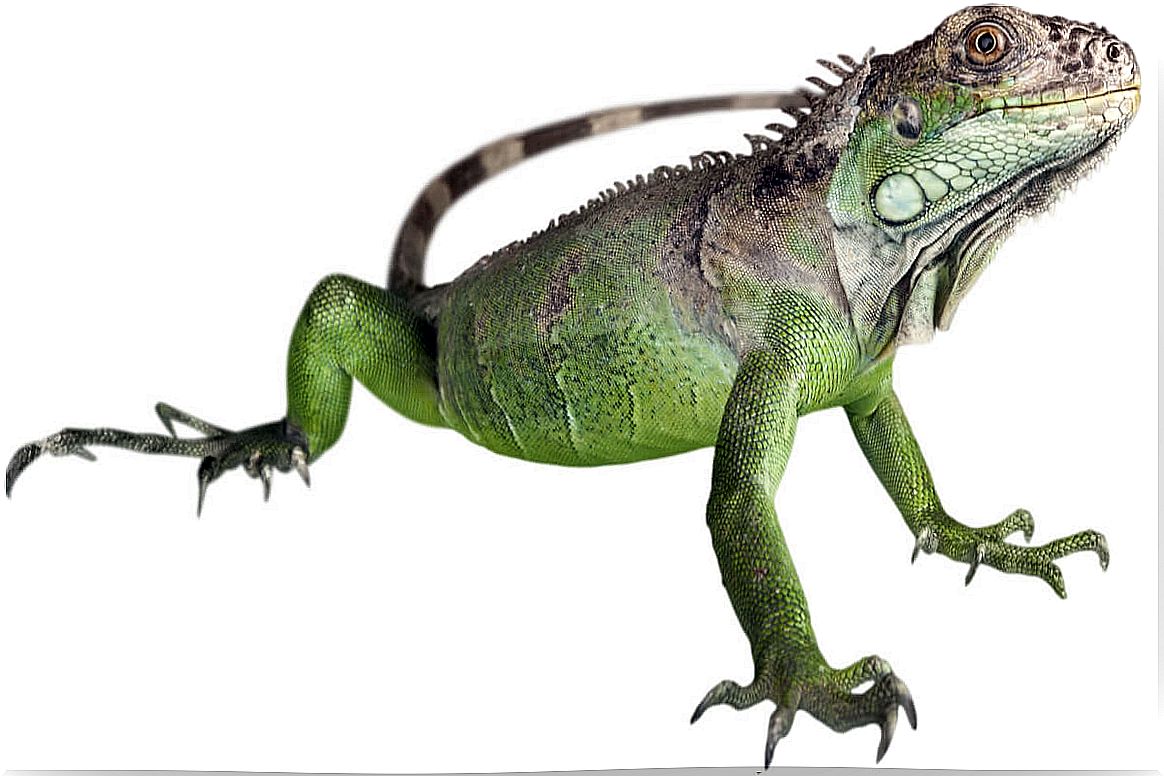
The myth of iguanas as “easy to care for”
Reptiles are often sold as “easy to care” with little effort in pet stores or exhibitions. This is never true. The health of the reptile depends entirely on the quality of breeding and nutrition. In captivity, the owners are the only suppliers of these animals.
It is important to note that each species has an optimal temperature range, for which it has evolved. This means that the right temperature favors your digestive, respiratory, immune and other functions. In addition, each species has developed feeding strategies that cannot be easily imitated in captivity.
On the other hand, very young or baby reptiles are usually more colorful than adults and this influences their greater commercialization. However, at this stage of development their needs are even more difficult to satisfy than those of adult or juvenile animals.
The capture of wild species is cruel
It is very important to know that many reptiles are caught from the wild and shipped to distributors that supply pet stores. Many of these animals will die during the voyage, in fact, sometimes entire shipments are lost. Reptiles that do survive can be rebellious and end up not adapting to captivity and die early.
Also, it should be noted that captured iguanas commonly carry a parasite load that can become dominant with the stress of captivity. A relevant issue is that these animals are sold under misleading names, such as ‘farm-raised’ or ‘captive-bred’.
This claim may mean that they were held captive, for weeks or months, after being captured from the wild. Potential owners should be aware of this misleading sales pitch and always ask for documents proving captive breeding under legal covenants.
Green iguanas are the most popular as pets
The green iguana or common iguana ( Iguana iguana ) is a folivorous and arboreal species very popular in the market. The adult specimens are large, since the males reach between 30 and 40 centimeters from snout to cloaca and in total —if we count the tail— they can reach two meters in length.
Although some owners have an excellent relationship with their iguanas, they can become aggressive. It may happen that, when threatened, they respond with a powerful bite or a painful whip on the tail.
Normally, the guardian is struck by a small, garish green lizard, but few know that it will grow into a five-foot-long adult iguana with a proclivity for aggressiveness if male. Keeping an animal of this size in a flat is, to say the least, a logistical nightmare.
Despite its popularity, this species is highly susceptible to metabolic bone disease (MBD). This condition is associated with the fact that it is difficult to adequately recreate the folivorous diet that iguanas consume in nature.
Normally, this species is imported en masse from Central American farms, where the specimens are raised. The fur business and the sale as pets have endangered the existence of the green iguana until it was registered in appendix II of CITES, an agreement for the protection of endangered exotic species.
A better option to iguanas as pets
Currently, the bearded dragon ( Pogona vitticeps ) is marketed as a pet in various parts of the world. This species belongs to the agamid family and is native to the desert and semi-desert regions of Australia. It is a terrestrial, semi-arboricultural and omnivorous species.
This animal is very showy, it has a fold of skin, with pointed scales that it has under the throat. It also has a body covered with soft spines. Bearded dragons are now bred commercially with more than 50,000 baby pogonas reaching the market in the United States each year.
This animal is a much better option than the green iguana. Pogonas do not grow that much, they are much less aggressive and are much better suited to handling. Still, they are also demanding when it comes to care.
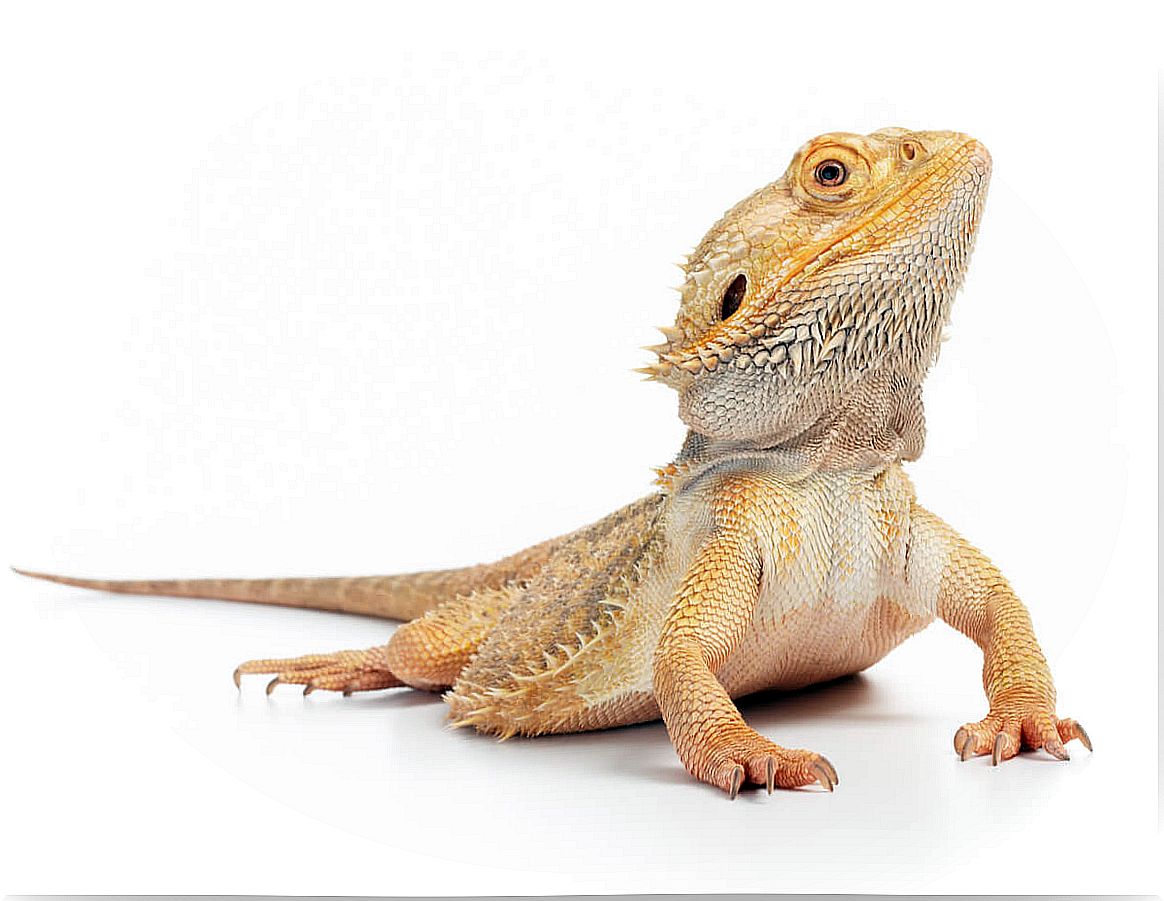
As we have seen, iguanas are not good pets for the general population. Their large size, specific requirements, and bad temper can greatly hinder their upbringing and well-being. In addition, it is possible that, by acquiring a specimen, the guardian is inadvertently contributing to the sale of captured animals.




